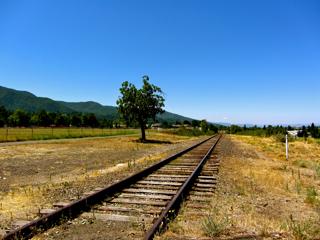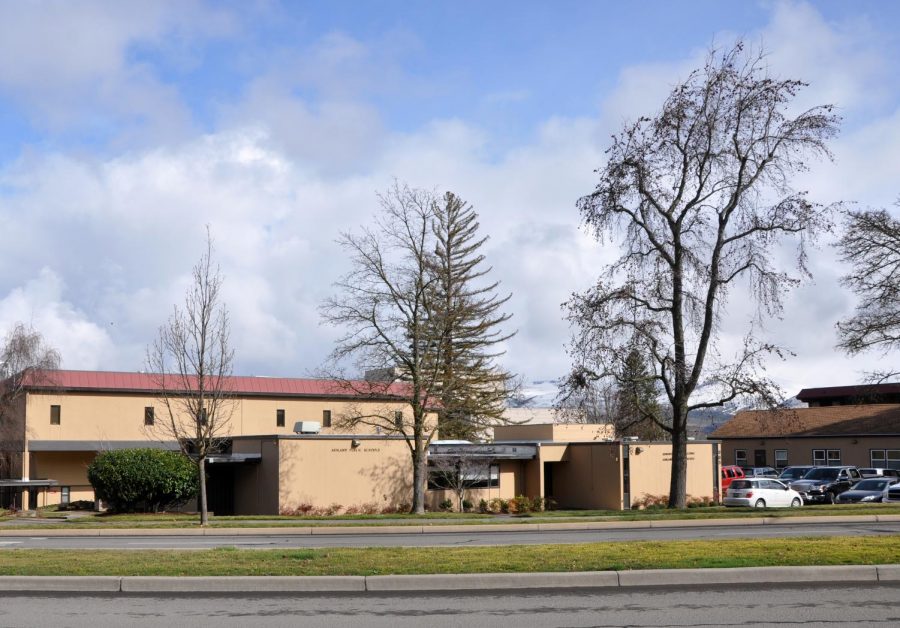As a kid, trains were a huge deal. Basically, whenever one went by, you had to be there tooting along with it.
Unfortunately, in Ashland, Oregon, there is no longer the early morning horn of a passing conductor, or children waiting beside the railroad tracks to see the train pass by. Ashland’s historic railroads closed down in 2008, due to shippers’ unwillingness to accept the sudden rate changes proposed to them. Ever since, the railroads of Ashland have been devoid of life, it’s only exception being the occasional work trucks and morning walkers.
In the late 1800s, that wasn’t true. Long ago, Ashland was once not only known for it’s culture, and education, but its railroad. The town itself was at one point called a ‘railroad hub’, due to its large train transportation businesses. Later on, its train industry died down, because other cities in the region, such as Klamath Falls, had developed a railroad industry too. Luckily, Ashland’s economy bounced back, which was largely due to Ashland’s cultural and educational roots.
Ashland was also the setting of ‘America’s Last Great Train Robbery’, which took place on October 11th, 1923, in Ashland’s Tunnel 13. Three brothers, Roy, Ray and Hugh D’Autremont decided to rob a train of its goods when it passed through Tunnel 13, after hearing a rumor about the train holding around a half-million dollars worth of gold . The men envisioned that the heist would be like they were in the movies. They hoped to waltz in, grab the gold, and run; but that’s not how it went down. After bringing enough dynamite to blow up a mountain and unsuccessfully destroying the car that they thought had the gold, the men proceeded to kill four men and disappear, without their gold. Soon after, a nationwide manhunt was issued, all three brothers were caught, and sentenced to life in prison.
Ashland’s legacy doesn’t stop there. Ashland’s railroad has a world of options ahead of it. It could be opened again to cargo trains, turned into a high speed rail for passengers, or turned into a trail that the whole community can enjoy. In all, Ashland’s historic railroad lives on.













